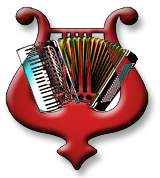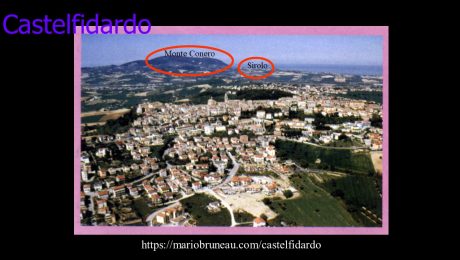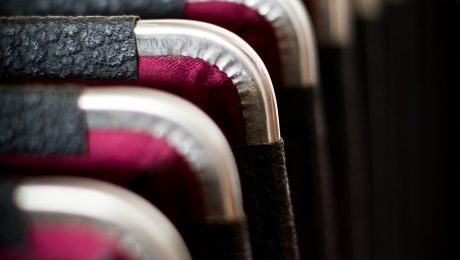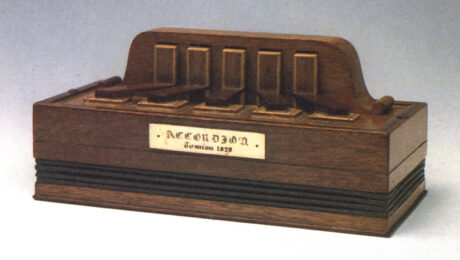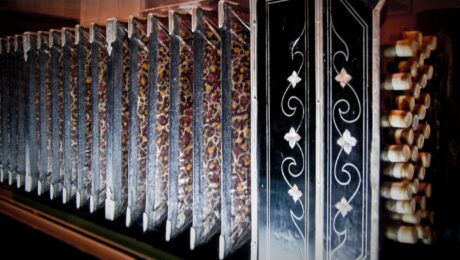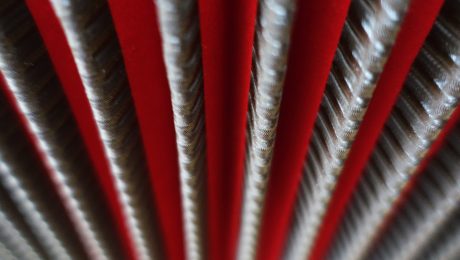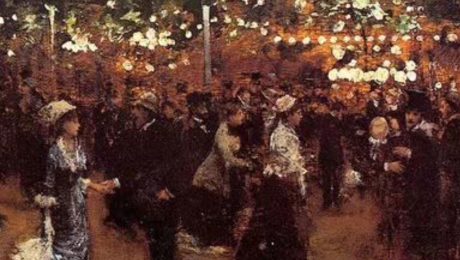Castelfidardo
Now, let me introduce you to the Accordion’s World Capital.
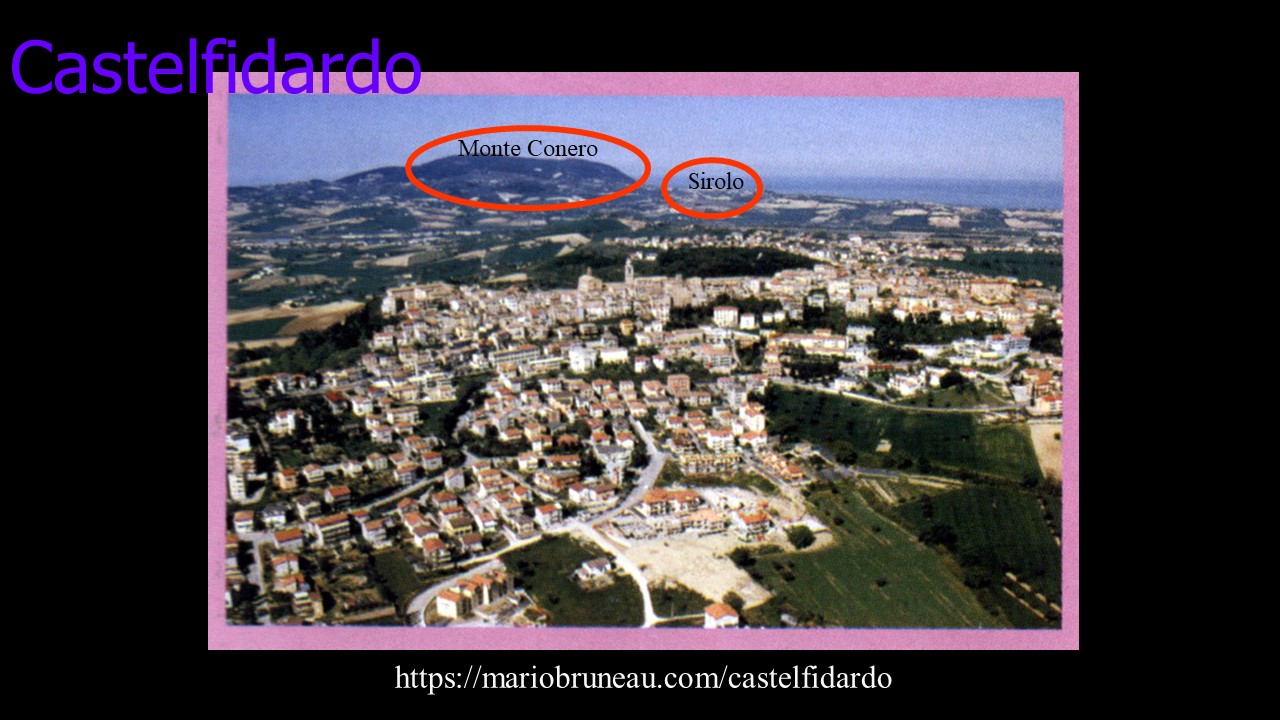
This is Castelfidardo, the world capital of the accordion. I had the opportunity to visit it twice. Still around today, we can count thirty accordion factories.
It’s a great place to spend vacation because it’s near the Adriatic Sea.
I recommend Sirolo just by the sea and Mount Conero with its Abbey transformed into a bed and breakfast.
To learn more about Castelfidardo, go to my Castelfidardo page at https://en.mariobruneau.com/castelfidardo
Watch a video created from photos taken during my visits to Castelfidardo: https://www.youtube.com/watch?v=fHBhWXcjNRM
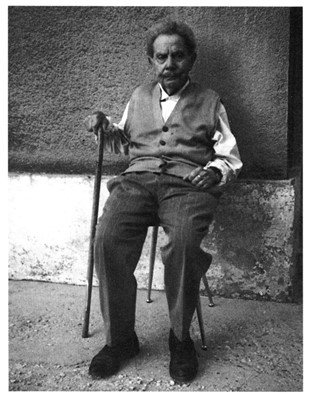
In 1897 PAOLO SOPRANI played an important role in the evolution of the accordion. It is thanks to the ingenuity of several craftsmen like Mattia Beraldi and Raimondo Piatanesi who in 1897, filed a patent for chromatic accordion and the ingenious system of rollers for the left hand.
So, the year 1900 represents an important turning point in the accordion. Indeed, it goes from diatonic instrument to chromatic, a clear evolution.
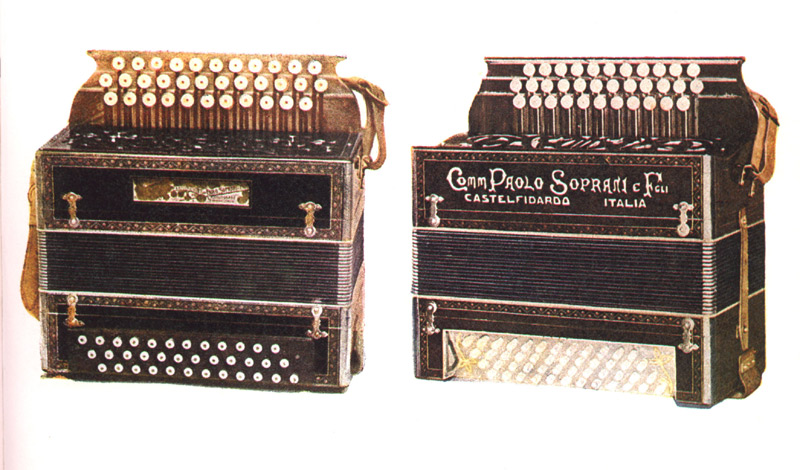
Gionanni Gagliardi is a great musician and a great craftsman for the accordion factory.
He moved to Paris in 1907 and achieved great success in Montmartre and the accordion became the instrument all Montmartre talks about, the regulars of the Bateau-Lavoir, Lapin-Agile or Moulin-de-la-Galette. Between 1900 and 1924, Paris was the place to be!
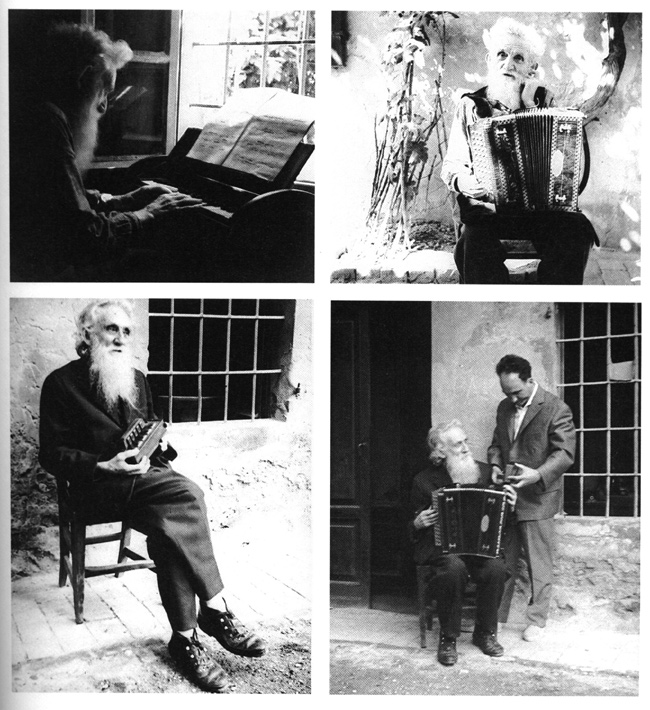
Minor causes, major effects
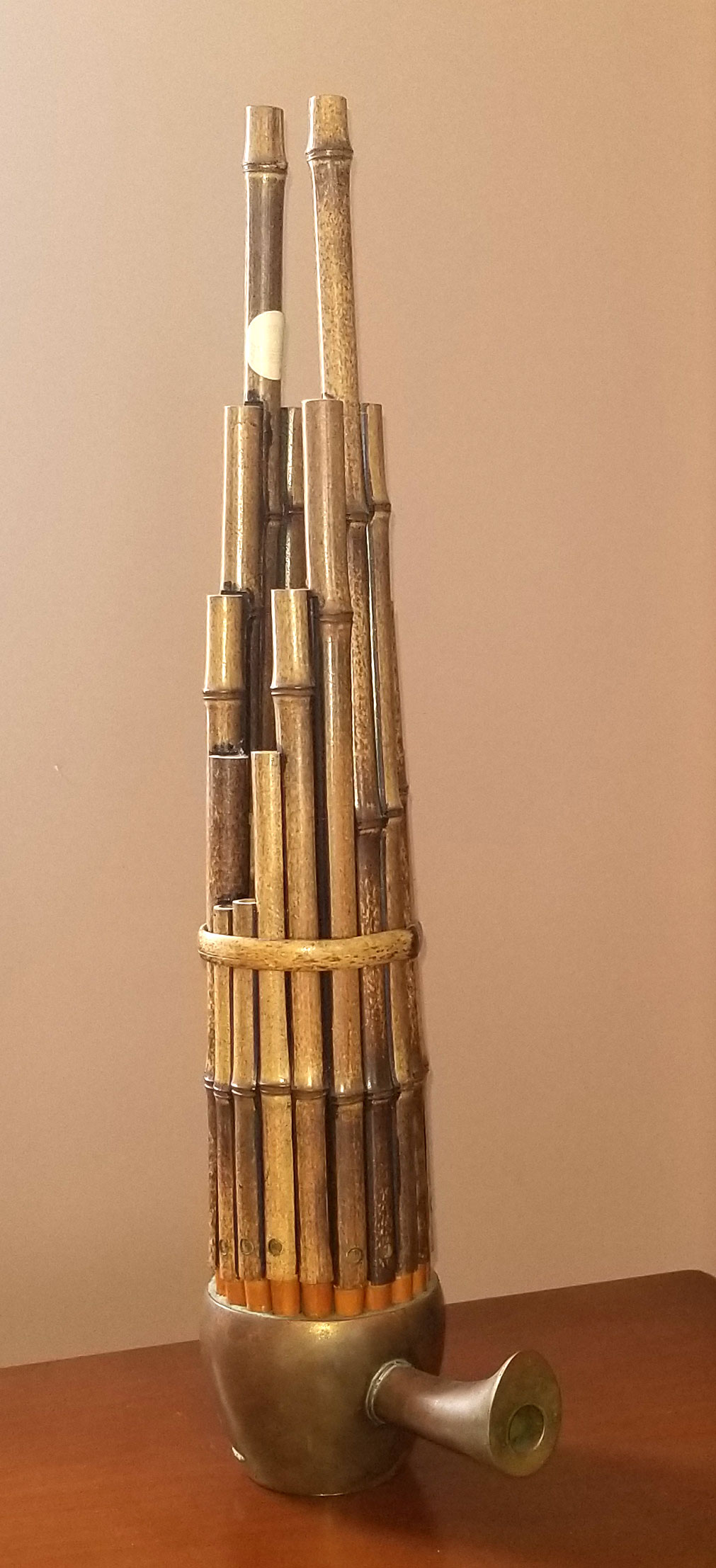 Trois mille ans avant notre ère, au cours de l’élaboration d’un mécanisme pour fabriquer une sorte d’orgue à bouche nommé sheng ou cheng, les Chinois ont inventé l’anche libre. (more…)
Trois mille ans avant notre ère, au cours de l’élaboration d’un mécanisme pour fabriquer une sorte d’orgue à bouche nommé sheng ou cheng, les Chinois ont inventé l’anche libre. (more…)
The Accordion’s History
The accordion has a fascinating history.
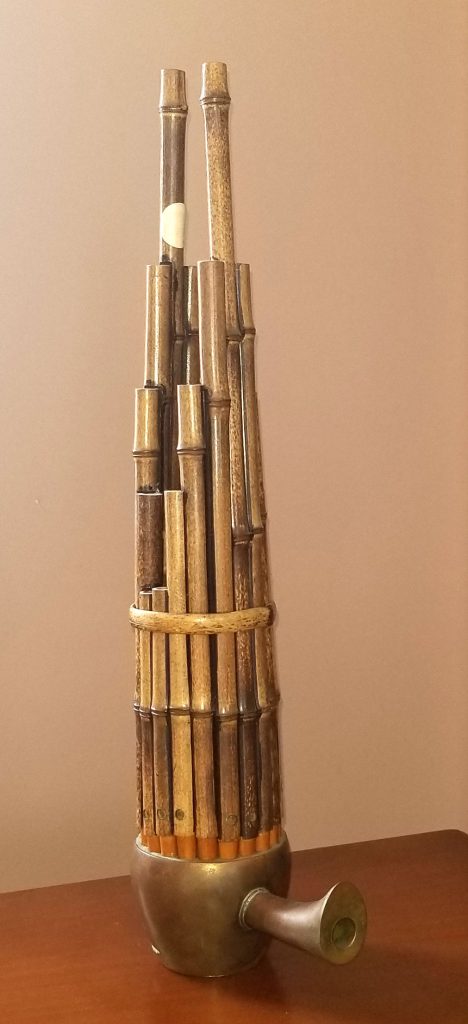
THE CHENG
Man has always sought to imitate the human voice with musical instruments. One of the most likely ways to get there was to go with the free or swing reed.
The free reed as a sound source was already used in antiquity.
The Chinese used it for the Cheng more than 2,000 years ago.
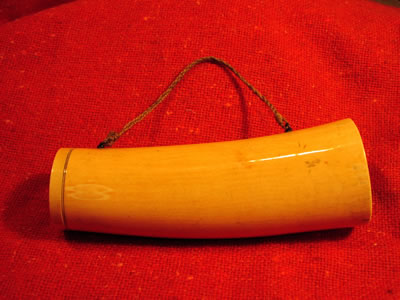 The EOLIAN
The EOLIAN
Shortly before the invention of the accordion there were many experiments conducted with the free reed. These bizarre instruments all had names derived from the Aeolian, such as the MundEolian, which means a mouth Aeolian.
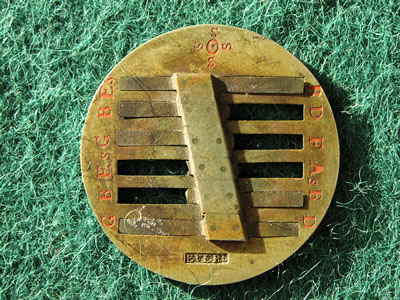
Seen above, the plate with its reeds which was housed inside the hunting aeolian (top left)
Following these experiments with the free reed, Friedrich Buschmann invented the harmonica in 1821. He then called it Aura.

In addition to wanting to imitate the human voice, man also sought to develop musical instruments capable of accompanying the human voice.
The musician playing the Buschmann harmonica, could not sing at the same time and we will see later how Cyril Demian, the inventor of the accordion, found the solution to this problem by adding bellows.

Above, we can see that the reedblock inside our accordions are real harmonicas.
Here is the Englishman Charles Wheatstone’s SYMPHONIUM in 1825.
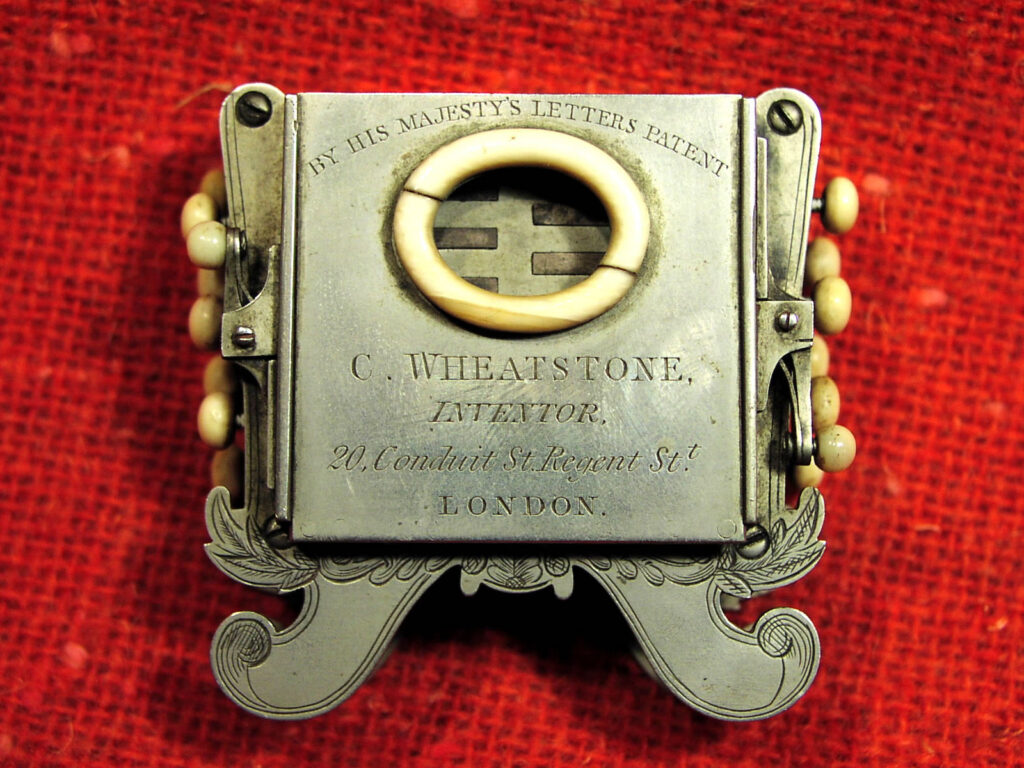
We can see here that the musician had to blow into the instrument just like the harmonica, to produce the wind necessary to activate the reeds which were inside the instrument. But Wheatstone had the ingenuity to add buttons on either side of the instrument. We will see later how he created the concertina by adapting a bellows to his symphonium.
Cyril Demian’s akkordion
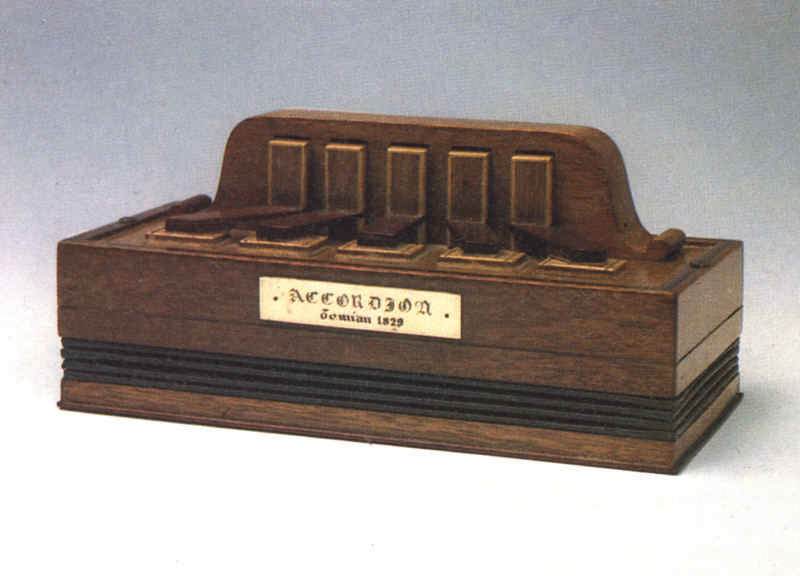
But it was the Austrian Cyril Demian who was the first to adapt a bellows to the harmonica.
In order to compete with Buschmann’s harmonica which could not be used as an accompaniment instrument, he made it so that each of the 5 keys gave two chords. A different chord depending on whether you push or pull the bellows.
This is what we call the DIATONIC system. From there on, all accordions will be diatonic until the adoption of the chromatic system around 1900. Although more developed than Demian’s accordion, diatonic accordions are still widely used today. They are found especially in traditional or folk music.
And now, guess where the accordion got its name from?
Because Cyril Demian’s first instrument produced only chords, he therefore quite simply named it Akkordion (with two “k” instead of two “c” as in French or English.)
It immediately had a big success since it could be used to accompany the singers, something the harmonica was unable to achieve.
Let me introduce you: the Accordion
It is quite right to say that instrumentalists do not “physically” know their instrument well; that they often know too little about its history, about its construction.
The accordionist is no exception to this rule. While the accordion remains, in the 20th century, one of the most played instruments in the world, one of the most popular, its followers are generally far from imagining the eventful adventures and the fascinating interest of its history. (more…)
The never-ending story…
En Italie… Once upon a time… dans une luxuriante vallée arrosée par le fleuve Musone, une ferme. Dans cette ferme, Antonio Soprani, sa femme et leurs fils, Paolo, Pasquale et Nicola. (more…)
